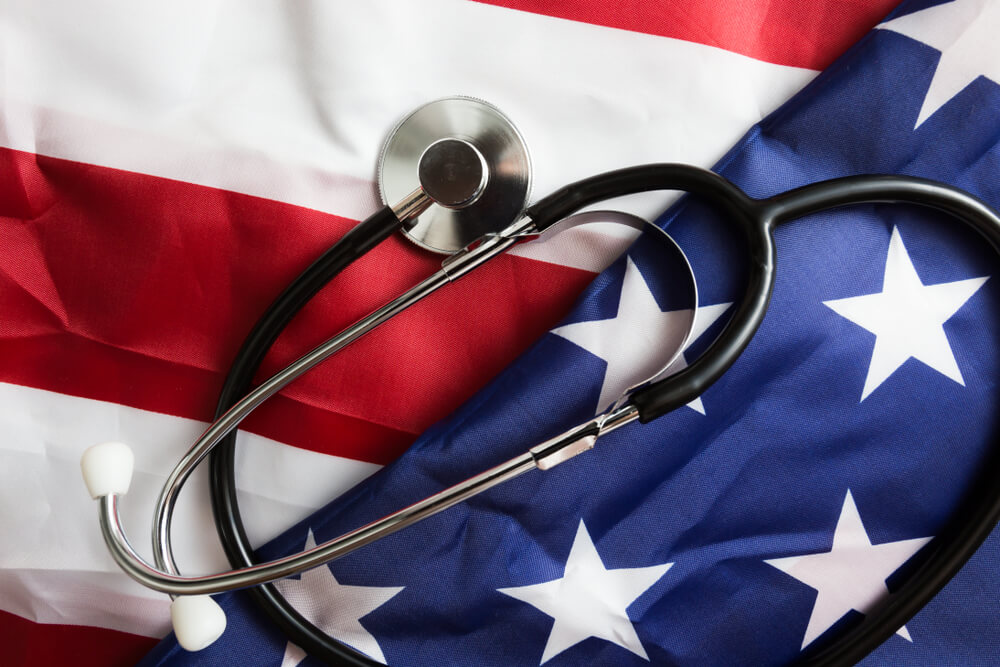



Get new exclusive access to healthcare business reports & breaking news




The American healthcare system is playing a risky game with its short supply of doctors and medical personnel. Access to healthcare is one problem, but the rising shortage of doctors is entirely another problem. Doctors are critical for the delivery of healthcare, and a shortage in doctors translates to a shortage in healthcare delivery. Shortages in the physician workforce are expected throughout the nation by 2030, Human Resource Health predicts. These shortages can only be improved by increasing the supply of physicians around the country. America’s aging population is stretching the American healthcare system; its demand for healthcare is outpacing the current supply.
Researchers also predict a shortage in the number of medical schools and hospital-sponsored general surgery trainee positions in the US according to the lead author of the study, Dr. E. Christopher Ellison of the Ohio State University College of Medicine in Columbus. “Leaders in surgery have predicted a shortage in the general surgery workforce for more than ten years.” He even claims that, if anything, the predicted shortage in supply is underestimated.
They are bad, very bad. Different projections can be found in different sources, but the results are the same: gloomy and blue. According to a report published by the Association of American Medical Colleges, American healthcare will experience a shortage of up to 122,000 physicians by the year 2032. An aging population, obesity, chronic health issues, and morale deflation are some of the reasons for these dim predictions.
The issue is cyclical. As physicians of today work to keep more people alive longer, the healthcare needs of that aging population cannot be met by the current supply projections. The present doctors are also becoming older and will be pushing towards retirement. This will reduce the number of doctors in service, hence the large numbers deficit. The shortage in the number of physicians, as predicted, will not be due to fewer students enrolling in medical school, per se, but as a result of demographics. The research posits that American healthcare would need the addition of 95,900 physicians to find an equilibrium between its supply and demand.
Technology, education, and legislation have to come into play. It will take a minimum of seven years (medical school & residency included) to train a doctor so there is barely time to take action. A multi-channel approach is needed to resolve this deficit.
Technology is humanity’s great hope for the future of healthcare. Technological advancements can help soften the blow from the dreary numbers. Tools such as digital care help ensure that people in any region can receive appropriate care when they need it. It bridges the gap between patients and care providers and extends the reach of primary care providers. Specialists who are only accessible in large urban hospitals can now be accessed digitally as a result of technological progress. Technology is also useful for booking appointments and ensuring optimal usage of physician time.
Actionable analytics is another tool that helps lighten physicians’ workload. It enables physicians to track progress and regression in patients. Actionable analytics need to be employed to smooth the road to healthcare for everyone. Companies like OKRA Technologies and PathAI are taking noteworthy steps towards developing and deploying these kinds of tools. Such tools make diagnosis easier, faster, and allow physicians to be more productive with the time they have available. Remote monitoring will free up doctors to attend to more people. It will also help prevent burnout, a common feature in the healthcare system because physicians are consistently overworked. Technology can be used to reduce long working hours and scut work.
However, the law has to allow more people to enter medical practice. New laws have to be enacted to remove the cap on the number of government-sponsored residency training slots. This would allow more people to participate in appropriate healthcare training to reduce the sector’s shortage. Unless more people are allowed to undertake the long education process, the current doctors will continue to be overworked and the old will age while the physician deficit continues to grow.
Schools also must create more slots to encourage enrollment. It is nice to see Roosevelt University is leading that charge by creating a new college that focuses on healthcare education and incorporates 16 academic programs. Dr. Melissa Hogan and Dr. Kelly Wentz-Hunter will head the new college as co-deans. Such steps must be undertaken by other schools to boost the number of qualified personnel in the healthcare field.
The current strain on physicians in the healthcare system is dire and predictions of future staffing levels make for grim reading. Steps should be taken to counter these predictions now before the time frame squeezes out most of the viable solutions. Technological solutions have to be employed since this is a fast and efficient way to reduce the workload of current doctors. New legislation is also needed to make provision for more medical students to get the appropriate training they need to begin practice and counter the numbers.